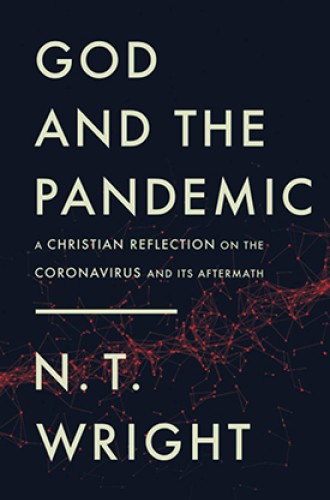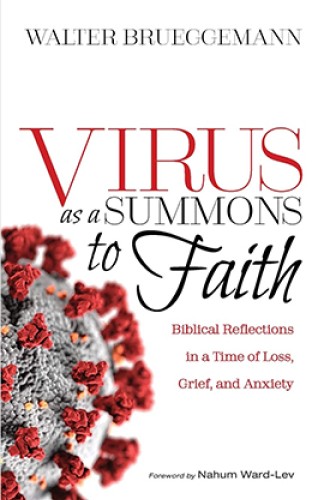N. T. Wright and Walter Brueggemann look to the Bible for wisdom during the pandemic
They both resist easy answers to the problem of suffering.
Dorothee Sölle’s best-known book, Suffering, was published near the end of the Vietnam War, an event that interrupted America’s myth of innocence 50 years before George Floyd’s death interrupted it again. Having seen her childhood Lutheran church become ideological cover for the Nazi Party, the German theologian vowed after the Shoah to explore the meaning of human suffering—including Christ’s suffering.
Sölle knew the dangers of theodicy. Those who use theology to explain away the question of suffering end up justifying the status quo, numbing us from the pain of others and curbing compassionate care. But it’s also dangerous to avoid theological reflection on suffering altogether. Those who seek only technological solutions—vaccines to stem a pandemic, body cameras to prevent police violence—fail to ask what our susceptibility to viruses and violence means. Sölle argues in Suffering that such purely practical responses can numb us to suffering no less than airtight theodicies do. We must find or make some kind of meaning within meaningless suffering if we are to learn from it, live well with it, and become more fully human.
In their short, packed books on biblical wisdom and the pandemic, both N. T. Wright and Walter Brueggemann join Sölle in rejecting the easy answers that Christians are tempted to give in times of tragedy: the virus is God’s punishment for sin or God’s teaching tool to strengthen faith or a tragedy that will be recompensed in heaven.






